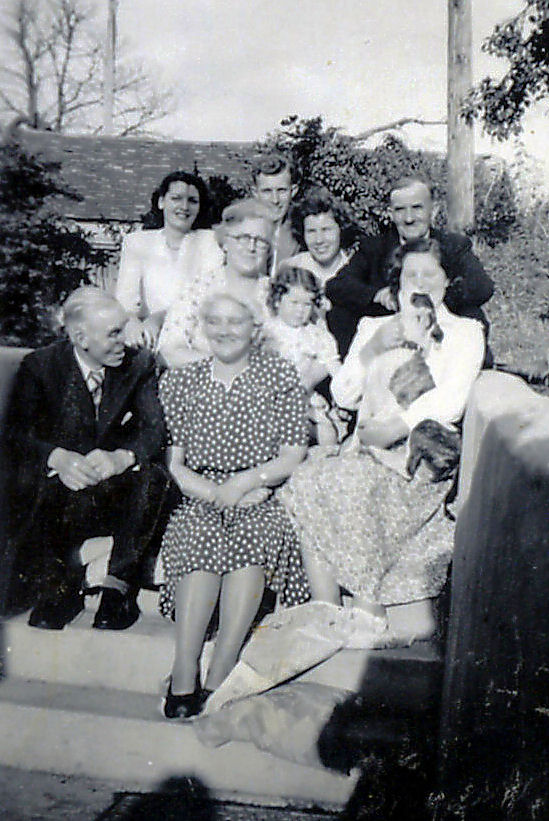
Part of our Emotions and Ethics series, this guest blog on medical photography in historical enquiry is written by workshop participant Jason Bate. Jason is a historian of photography, with particular interest in Edwardian histories of medicine, the First World War, visual culture and medical humanities. He lectures in the practices and histories of photography at Falmouth University and is a cataloguer at the Bill Douglas Cinema Museum at the University of Exeter. His research focuses on medical photographic archives and collections and he has published in the journals Visual Culture of Britain, History and Technology, Social History of Medicine, Science Museum Group Journal, and contributed a chapter to Approaching Facial Difference: Past and Present (Bloomsbury Academic, 2018). He is currently writing a book on the research ethics of working with medical and family archives for Bloomsbury’s History series.
Entwined practices: ethical engagements with medical photography in historical enquiry
In recent years medical photograph collections have been recovered and repurposed as part of a museum providing an appropriate gateway to their resources as well as physical access to the material, ensuring that collections of long-term historical value are placed in the most appropriate publicly accessible repository. In the context of new propositions for a museum’s ecosystem and extending out from the medical institutions to others outside, the boundaries between ‘official collections’ and ‘informal archive collections’ are often porous and difficult to defend, from materials for scholars to ancestral images. Amidst this, the status of the WW1 medical photographs of facially injured soldiers as photo-objects is seen as precarious and collections management systems must respect the sensitivity of the communities outside of the museum, who are linked to these specific photographs.

Butcher family picnic, 1950, photographer unknown. Dewhurst family collection. Courtesy of the family of George Butcher.
With public access to these medical collections, relatives of the injured and disfigured ex-servicemen that were photographed by the Army Medical Services have been taken up in the business of memorialisation and reclamation. These family practices and the resulting remediation of museum space within community members’ personal connections, historical knowledge and medical heritage, can lead to a challenge of dominant public histories and to criticism of the often limiting context of the museum. Current visual repatriation methodologies are encouraging museums to reposition photographs as living entities, rather than limiting them to their traditional role of providing informative backdrops for surgical practices or demonstrating past lives of patients. Therefore, the positive benefits of visual repatriation for both museums and source communities, in terms of photographs acting as building blocks in cultural relations, generally far outweigh any negative consequences and costs.
Under the care of the families of ex-servicemen, bureaucratic records and photographs have been recovered from the museums, reinterpreted and placed into different and new circumstances, reclaimed as family possessions that desires to overturn their original oppressive logic. Even though the medical photographs are kept in collections external to this family community, the questioning of these institutional assumptions is a fruitful way to reassert the ex-service patients’ voice. Devoid of asymmetrical relations, non-medical in character, the family members’ photographic encounter transcends the cultural distance and the medical outlook that we recognise in the genre of medical photography. Released of contemporary medical relations, the photographs situate outside, and become external to, military-medical practices. This presentation explores the aims and practices of the families in relation to the wider concerns and questions of visibility and occlusion, consent and complicity, of not showing, and about what is publicly present in the process of visual repatriation espoused by family validation, such as family desire for representation and fundamental questions about ‘how to care?’ and ‘who has the right to re-present?’
